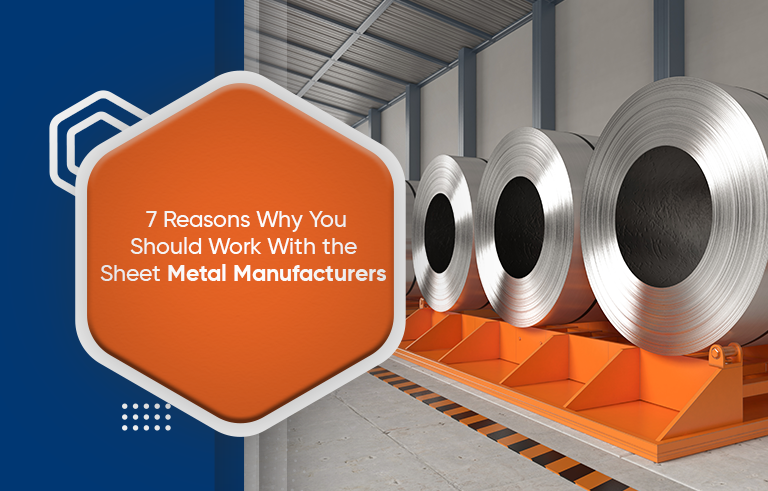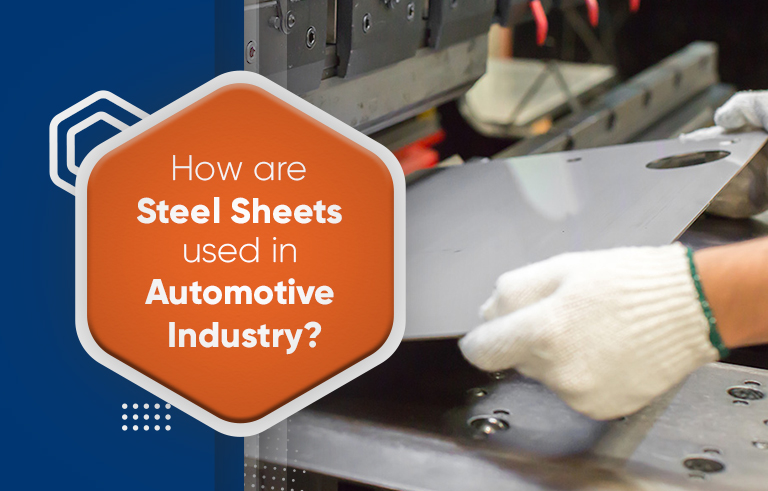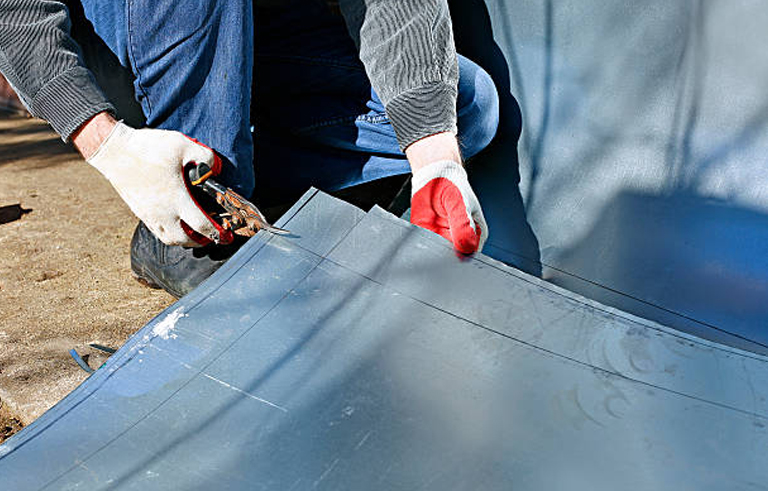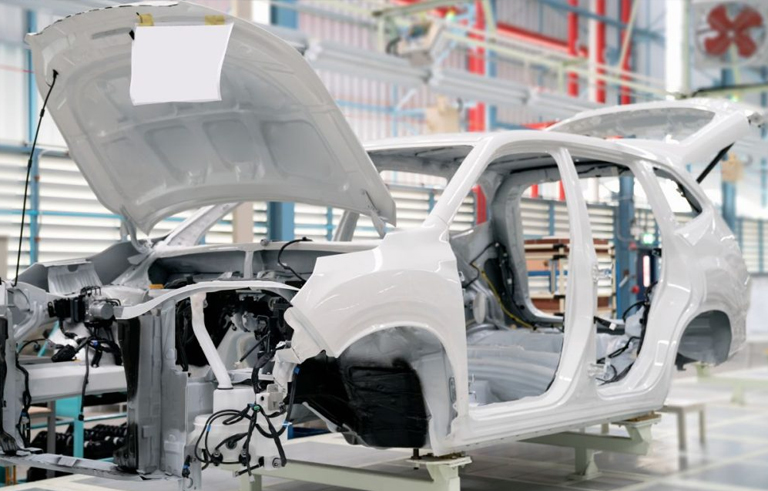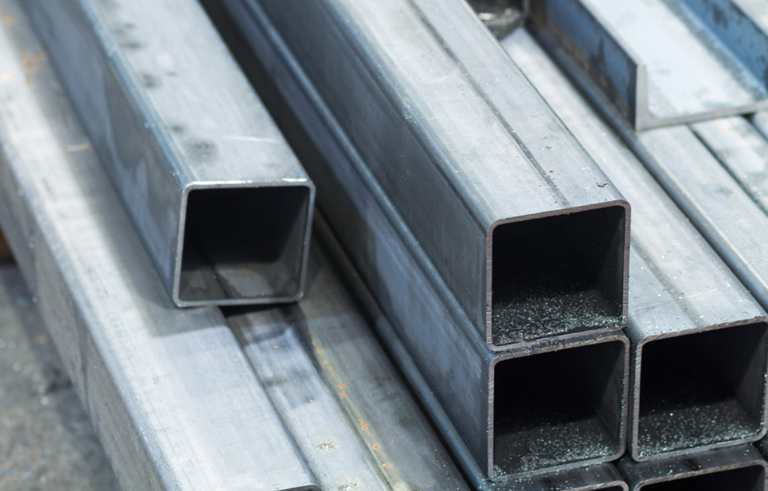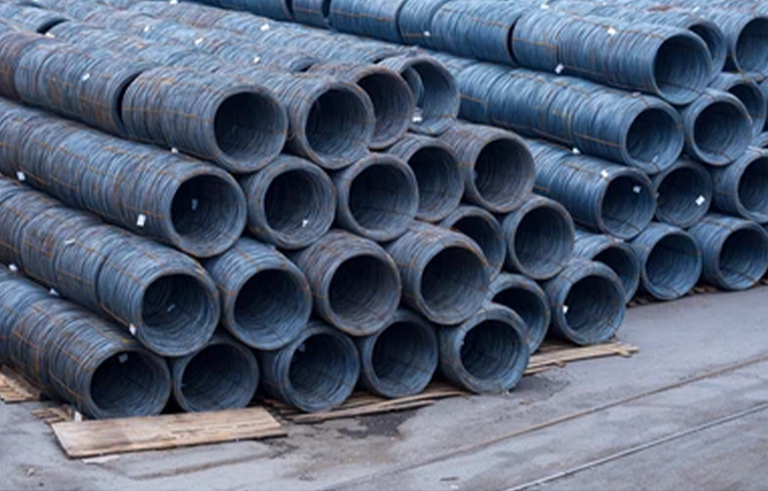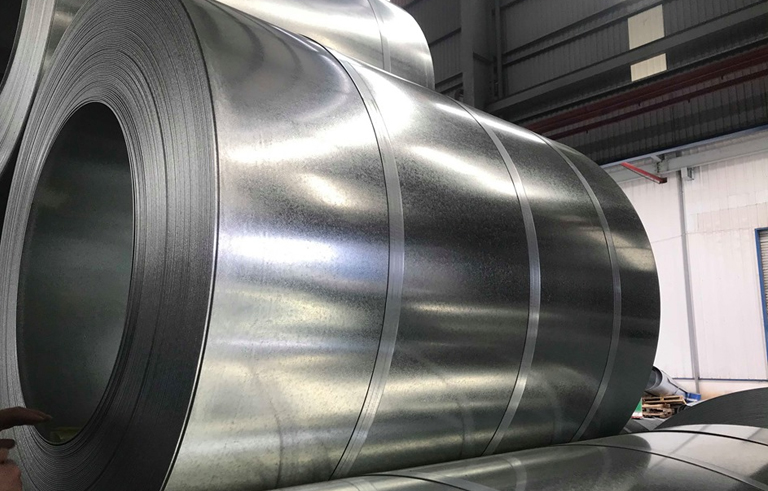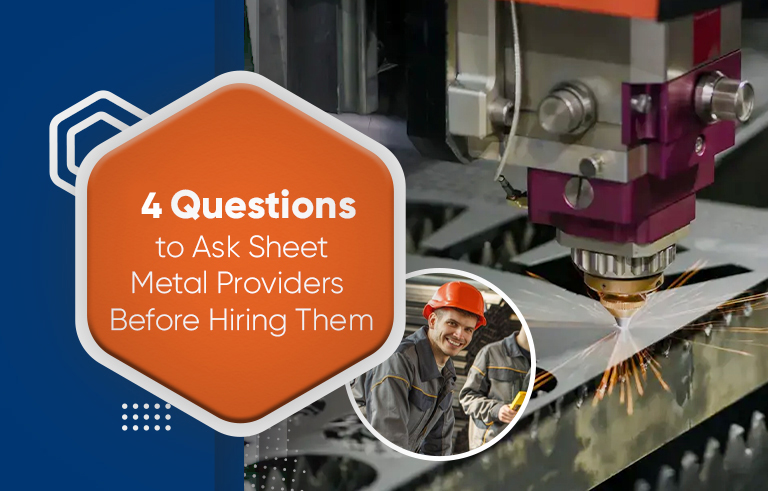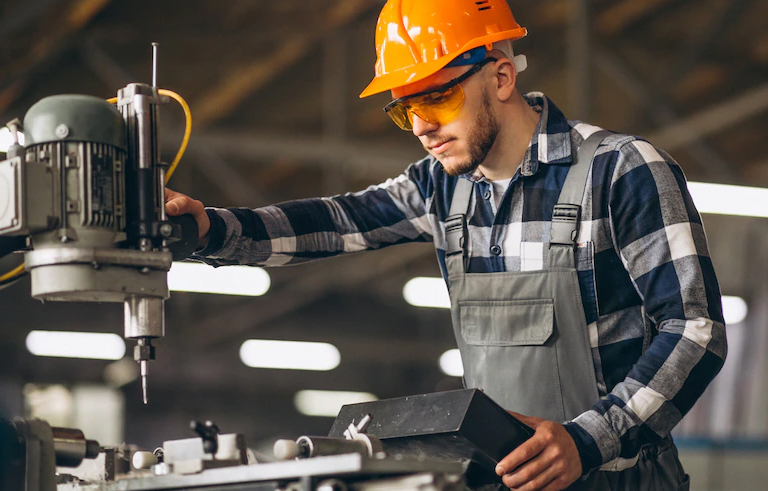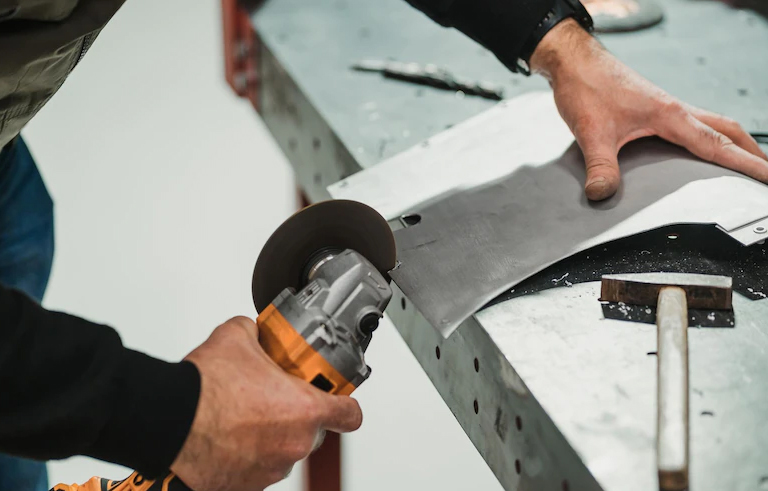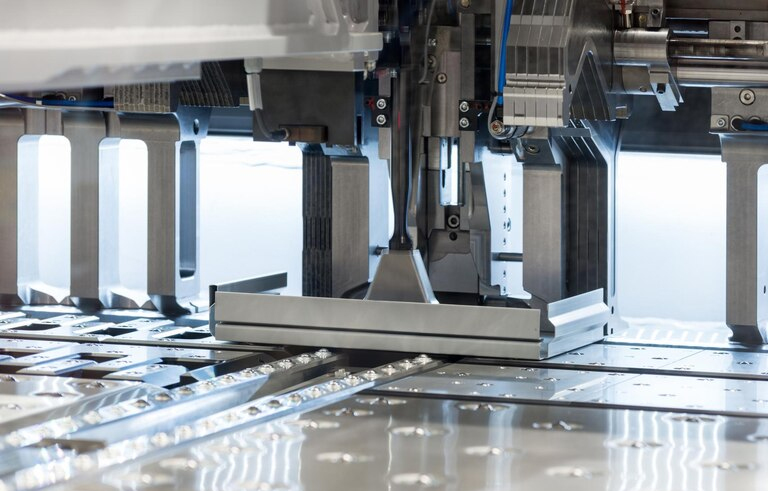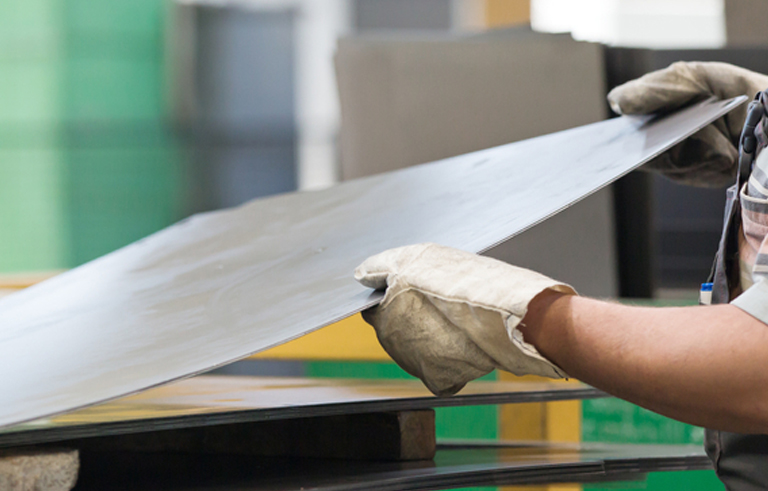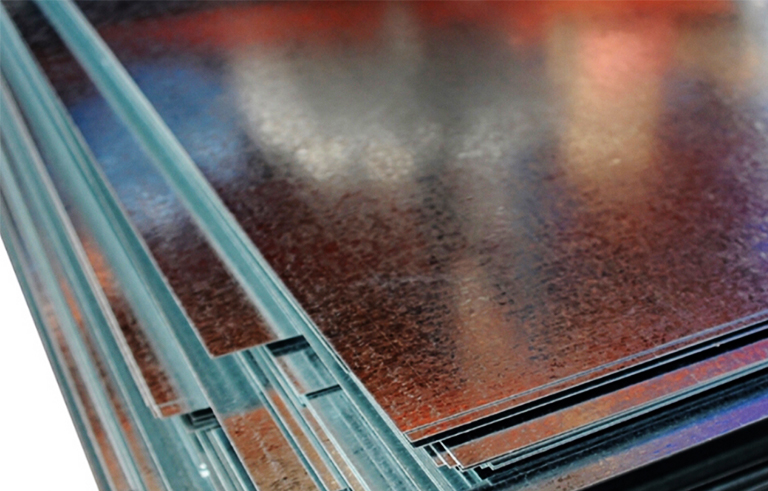The demand for stainless steel sheet manufacturers in India is increasing. As a result, more businesses now provide metal fabricating services. Many of these have built a significant presence in the industry and provide services in various regions of the nation. However, for personal benefit and comfort in doing business, hiring a local metal fabricator is a wise idea. No matter how far we have come in making the world a smaller place via the internet, nothing matches the certainty of actually meeting and working.
Additionally, there are many more benefits to hiring a local sheet metal fabricator. Using a local sheet metal fabricator is frequently believed to be a better deal. It results from the many advantages it provides that we will cover in this article.
Seven Key Benefits of Going with a Local Metal fabricator
Major benefits as to why you should associate with a local metal manufacturer:
-
Minimized Expenses Due to Local Accessibility

Moving big items has significant costs involved. Shipping takes time, but it also costs money. Although a remote metal fabricator might be able to make your product for less money, the expense of transporting the finished product to your location will usually offset any cost savings.
Given the rising petroleum expense, time and location are becoming valuable commodities. Keeping your product close to home can significantly minimize transportation costs and associated expenses if you need to have it brought to you for assembly, packing, or finishing. It will increase the prices or reduce your profit margins to ship your finished part or component across the country to your production facility or distribution location.
-
Ease of Communication Between Both the Parties
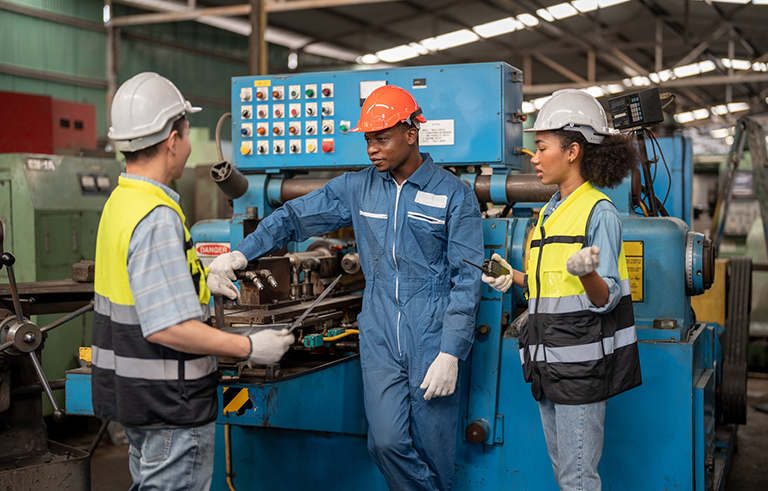
Better communication is a definite benefit of working with a local metal fabricator. Every fabrication project needs a clear channel of communication to succeed. A key benefit is communicating directly with the fabricator and their team in the shop as needed, especially once the job has started. The project can proceed more quickly if you can see your fabricator in person and continue communicating with them frequently to go through the precision sheet metal fabrications, product specifications, and any necessary revisions. You can drop by and address any unforeseen issues in person.
It’s much more probable that you will be able to remove extra rounds of reviews and corrections and have a more streamlined procedure if you’re working with a local metal fabricator who is actually in sync with you instead of someone sitting miles away from you.
-
Easier to Find Contractors through Local Network and Word of Mouth

One can easily avoid strenuous research at a local level as word of mouth can be a great credible source for hiring a local sheet manufacturer. This saves the time of going through potential sheet manufacturing businesses and finding the one out of a long list of available options. You can rely on what the word is in your local market and get a bunch of competitive options to choose from.
-
Availability at All Times for a Smooth Flow of Work
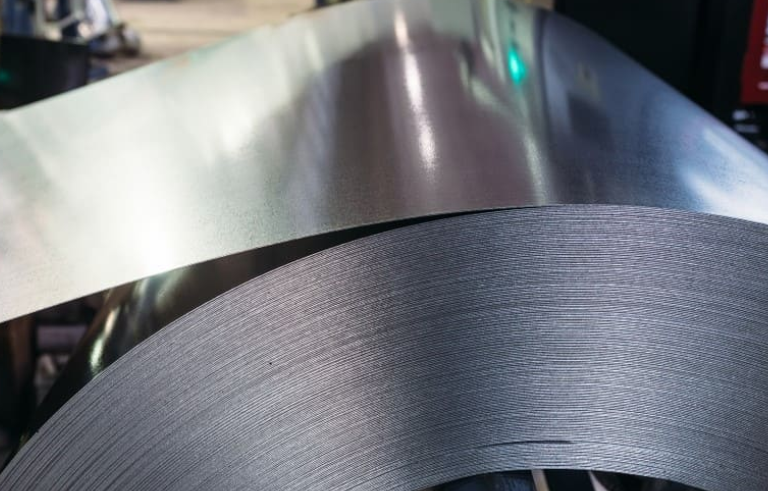
In many ways, working with a nearby stainless steel fabricator is a collaborative process. Being there enables the project’s flow to advance more steadily and without interruption when it’s time to test a prototype or review a particular area of the product plans. There are probably dozens of exact specifications and features for your goods, and there won’t be any room for misunderstanding. If you are involved in the process, you are there to approve changes, modify the design, or address unforeseen issues. Eliminating costly errors and making repairs in real-time streamlines the process, saves time, and keeps the project within budget.
-
Saves Time of Going through Lengthy Supply Chains

When you work with a nearby metal fabricator, you can speed up the time it takes to get your project to market because of proximity. A local fabricator can help pick up or deliver the order nearby. Local access also refers to quick access to that part without causing a pause in production if the fabrication shop is generating a part or component required for the ongoing manufacture of an application. The ability to regulate volume, whether cyclical or steady, to line with sales estimates or, in an ideal world, demand as needed, allowing the generation of income ahead of expenses, is made possible by local orders requiring less lead time.
-
Better Knowledge of the Local Market Means Better Customer Service

The best partner for you will foresee issues and know how to handle them should they occur. And who better understands your difficulties than someone in a similar situation?
A nearby metal fabricator will know how to effectively protect your investment, considering everything from the beginning to the end of the fabrication process.
In addition to logistical and atmospheric factors, local businesses are more likely to be familiar with local laws and permission procedures, making the process easier for you. These are areas when a corporation from another state, or perhaps another nation, will be completely clueless.
-
Support Local Fabricators and Local Economy
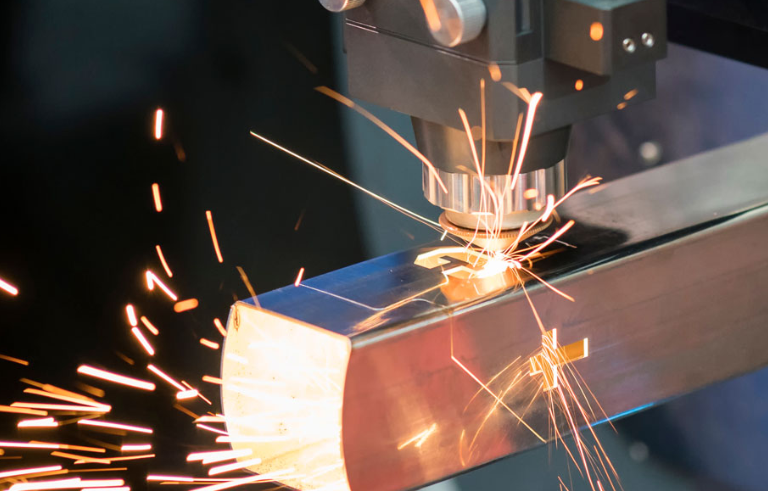
Choosing the best partner for your bespoke metal fabrication project is crucial. The vitality of the community where you conduct business is also important in attracting the talent your firm needs to succeed. Adopting business strategies that promote neighborhood and regional economies, those of fabricators, suppliers, and contractors, will keep those economies strong. Contribute to a larger community and local economy by supporting a nearby metal fabricator.
Can you provide a price estimate?

RP Lasertech is supremely fair with its pricing policy. You can call us for a price quote of the services you want to avail from us. Providing a price estimate fully depends on your required services and is calculated accordingly. However, we can promise you fair prices and quality of work if you decide to associate with us. We are among the top-ranked stainless steel fabricators in the industry.
Conclusion

We are a promising sheet metal fabrication company that provides top-notch quality services to our clients. We value how the Internet, email, and other digital phenomena have improved company efficiency. However, that ease comes at a price, and working with a nearby metal fabricator has significant benefits. If you also believe in our ideology of working face to face in the actual world, do call us for an appointment or price quote on our services.

